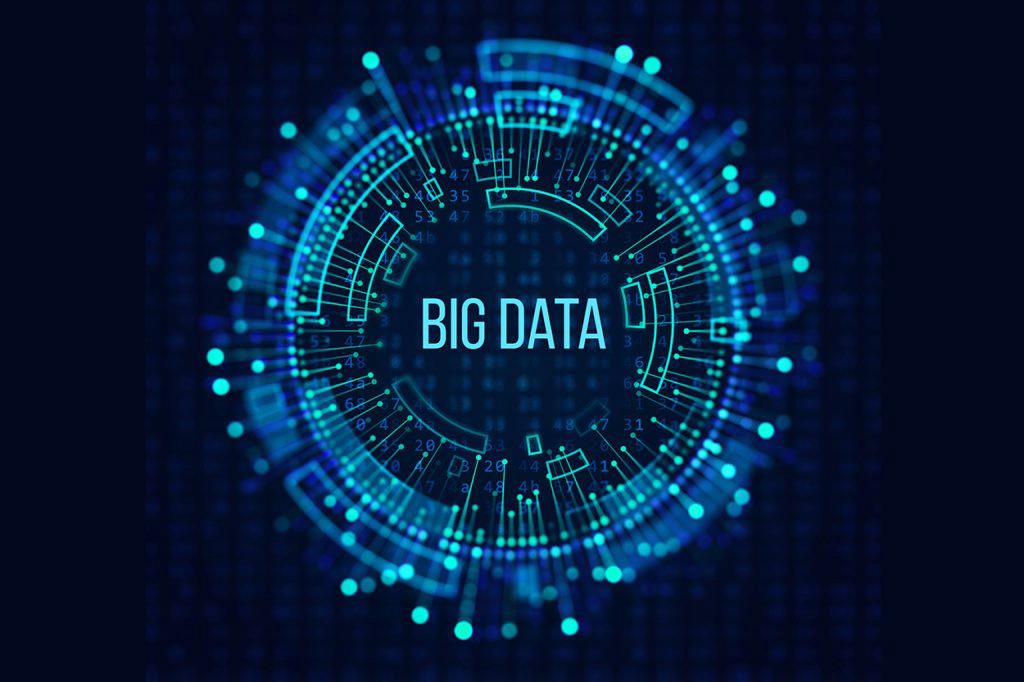Big Data & Learning Analytics: Holds high value in Higher Education and education as a whole because it provides real time data analysis into how students learn. What makes it so relevant in education is the fact that it is possible to predict which students are at risk and suggest suitable types of intervention to be applied. This enables instructors to adapt their teaching strategies to suit the needs of learners in an efficient and timely manner.
Opportunity Statement: Online learning emerged as a safe and viable option for education to continue to happen as the COVID-19 pandemic impacted personal, professional, and educational worlds immensely. Prior to this current pandemic, the global eLearning market was already undergoing a significant annual global growth.
Essential resources:
The Society for Learning Analytics Research
Penetrating the Fog: Analytics in Learning and Education
Global guidelines: Ethics in Learning Analytics
4 Ways Analytics Lead to Equity in Higher Education

With it’s strong and far reaching analytical power big data has been changing how we gather knowledge, develop technology and apply it. The potential for positive change in education is there but we need to make sure we don’t forget the person and the connection while looking at the data
With more and more educational technology implemented, particularly since much online learning has occurred after COVID 19, learning analytics and big data are transforming education. It gives educations never-before seen details of student performance and patterns, provides educators the ability to identify at-risk students, improve learning designs and much more. However, it is important to remember ethical practices around data collection, making sure students’ privacy is protected. Furthermore, it is important to recognize data alone will not make a difference. It is the analysis that makes the data meaningful. It is also the interpretation of the analysis that will be able to personalize and improve education.
Initially, I did not grasp the importance of big data and learning analytics. However, I recently attended a conference for simulations and educational technologies. What I learned from the presentations was that simulators and AI uses the Big data in order to tailor the simulations to the learner. Thus, you can use a single program, which the AI can increase the complexity of the simulations using the data and analytics collected to increase the complexity based on how the learner functions with the simulations. Within my working environment, simulators are often relied on. Without big data and learning analytics, it would take programmers significantly longer to build varied (which are not tailored to leaner accomplishment and significantly fewer number of different scenarios than those created through AI). Ultimately, learner analytics requires a lot of information upfront but will drastically improve the quality and realism of the scenarios.
With the ever-growing size of Big Data, it makes sense to me that it should be utilized as a resource to shape and improve education systems. Data tells a “story” of the individuals from which it came; and the more there is, the more refined these stories can be understood. From my understanding, new developments in learning analytics has allowed for more accurate processing of Big Data so that the learning process amongst individuals is now becoming better understood. This, to me, is an exciting idea that allows learning to be understood in a more objective, mathematically-derived way, as opposed to a more speculative approach.
In my professional life as an administrator we are running data all the time to make strategic decisions. We need to predict capacity, identify trends, opportunities, and analyze these according to the results and our assessment. We need a balance between factoring our observation and analysis through the lens of experience with data and whether that backs it up. I think big data will become more prevalent in our decision making whether those are broad far reaching decisions or on a more granular classroom scale.
I work for a company which provides air traffic control services. We train future air traffic controllers in house and big data and learning analytics could possibly help more students go through the courses. The instructors in our training departments are not educators by training. Although the company provides training for the instructors, I wonder if learning analytics can help the instructors by giving them more ideas how to communicate the material they are teaching. On the other hand, learners could adjust their studying techniques.
Big data and learning analytics seem to be something that will significantly impact the future of educational technology. As technology has developed to store more information and make it faster and more accessible, an educator could use it to determine what to focus on next. For example, a teacher could discover that all students had difficulty reading a particular word or words of the same phoneme with learning analytics. The teacher could then plan an activity to help the students better recognize or pronounce that word or phoneme. However, the data is only helpful if it can be analyzed correctly. I remember receiving a reading report from students many years ago, showing only the percentage of comprehension questions answered correctly. Still, it did not tell which questions were answered. So, I could not determine if many students were having difficulties with the same question or which questions a student may have struggled with. Overall, I think big data and learning analytics will continue to be more impactful as they can be used to gain information quickly about a class if used correctly.